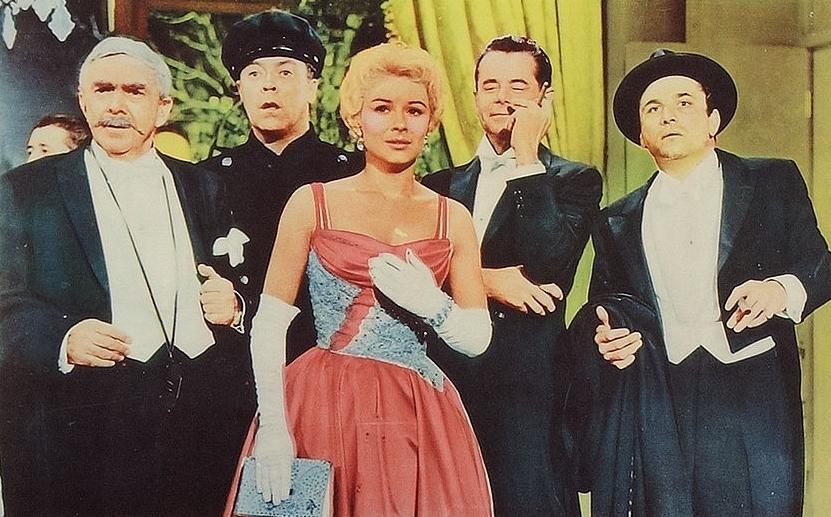Commentary
Frank Capra is remembered as one of the most beloved directors of all time. His movies from the 1930s to 50s captured the American spirit with touching sentiment and truthfulness, which have made them enduring classics to this day. At this time of year, “It’s a Wonderful Life” from 1946 is played on television and at movie theaters around the country. This beloved Christmas classic starring James Stewart, Donna Reed, and Lionel Barrymore is not only one of the most popular holiday films but perhaps Capra’s most famous movie.





